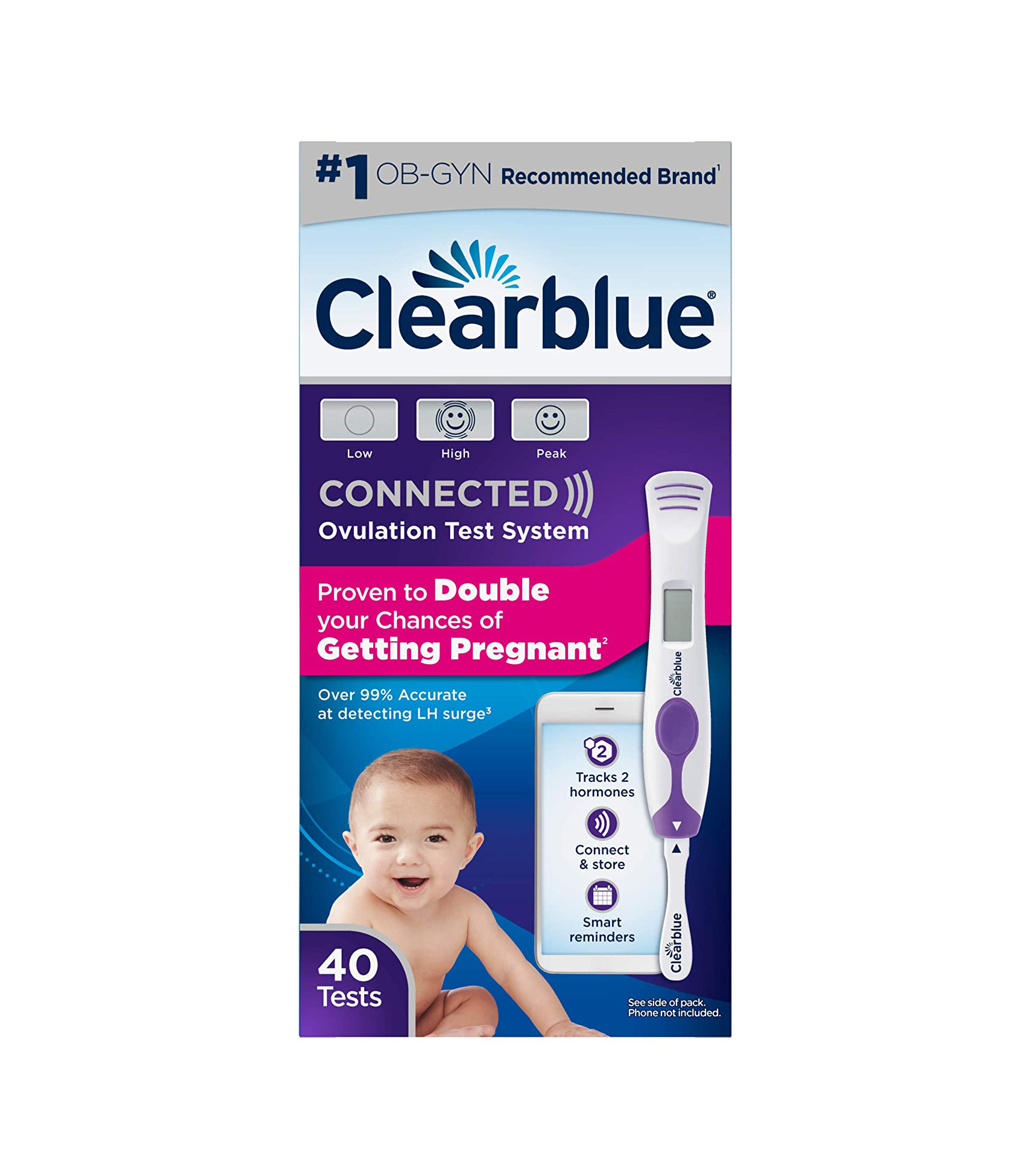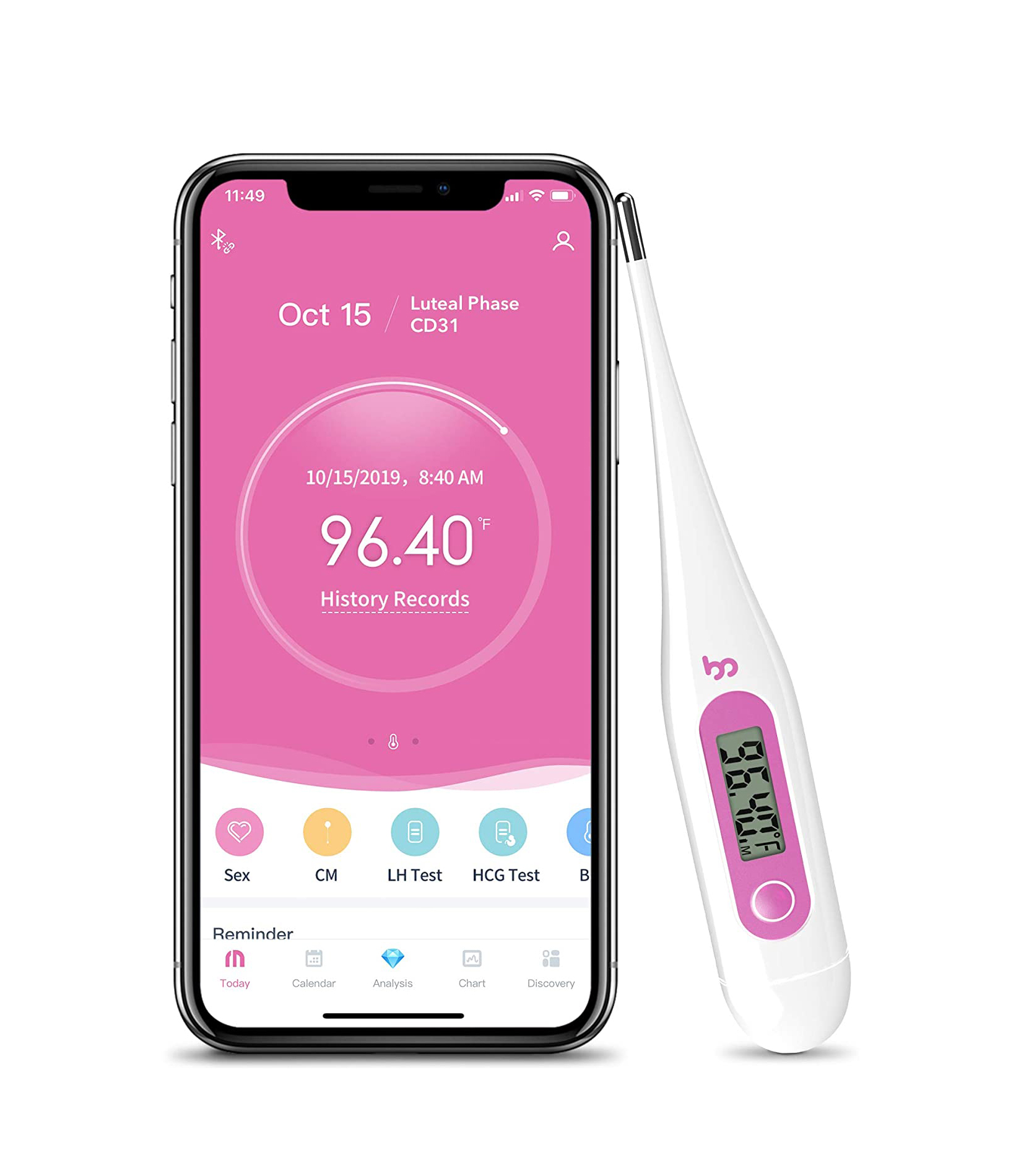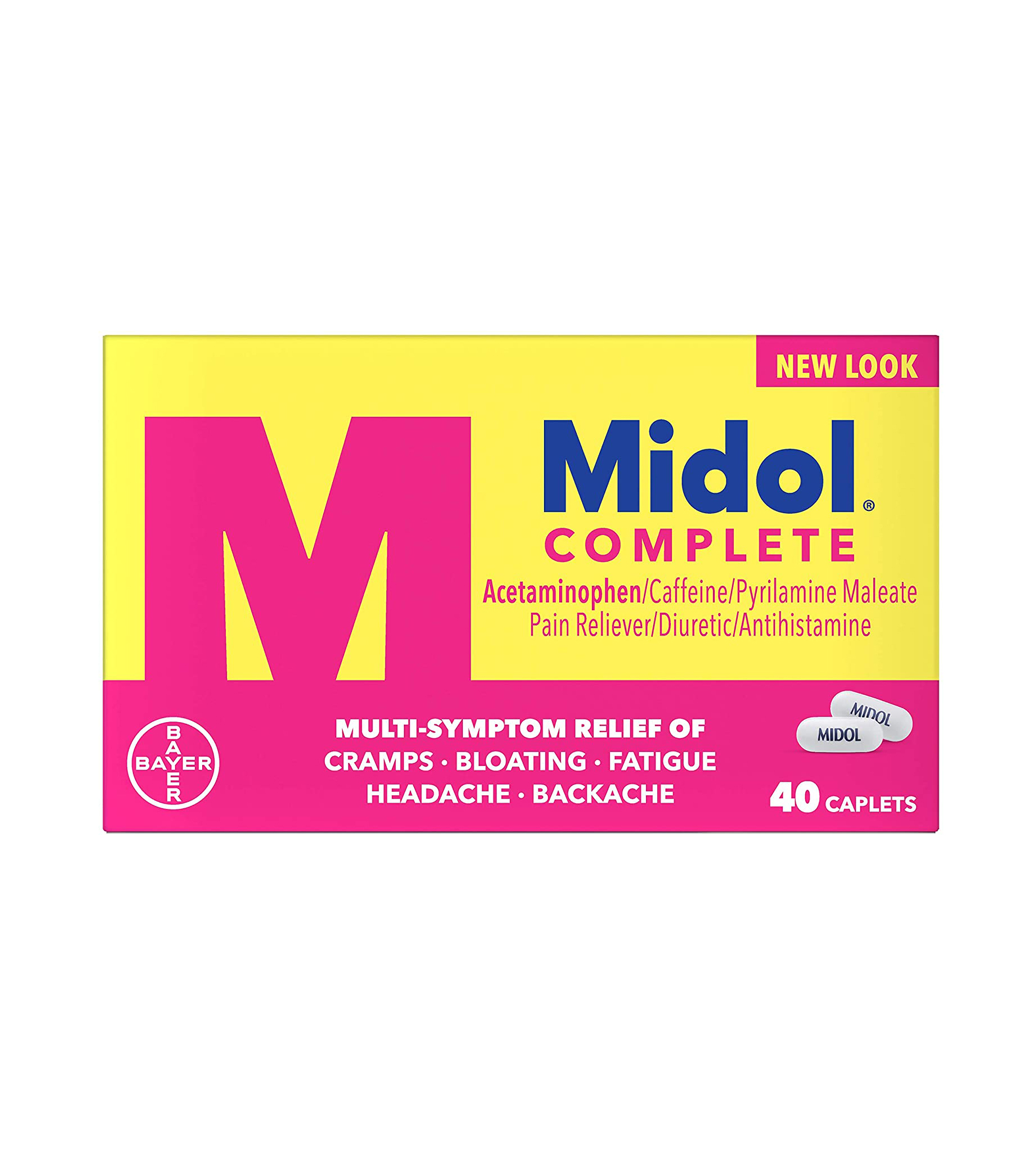4 Surefire Ovulation Symptoms You Never Noticed Before

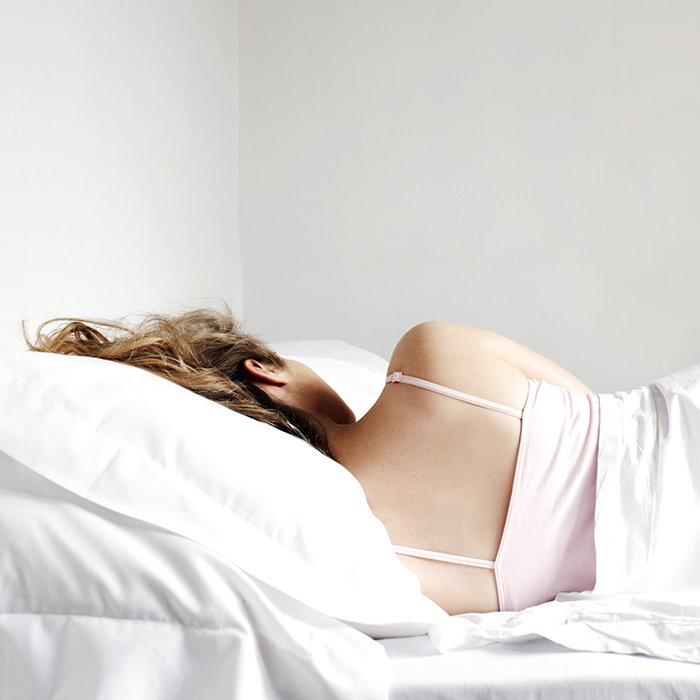
Understanding your ovulation cycle is important. It's tricky because so many things are happening in our bodies at all times. However, once you learn the ins and outs of your body's ovulation calendar, which is closely connected to your menstrual cycle, you'll become more aware of why you're feeling certain symptoms during this time of the month.
Becoming familiar with your ovulation cycle is even more vital for women who are trying to get pregnant. Ovulation is when your ovary releases a mature egg that can be fertilized. There are studies that show that ovulation is the reason for PMS and its uncomfortable side effects. Healthy, pain-free periods have a lot to do with your ovulation cycle. To keep up a regular pattern, it's best to avoid things like smoking or unhealthy eating patterns, which are linked to disrupted ovulation cycles.
To spell out every sign of ovulation, we tapped ob-gyn Jennifer Browning, MD, and Sheeva Talebian, MD, director of New York–based fertility clinic CCRM. Read on for a better understanding of ovulation symptoms.
Your Ovulation Pattern Is Connected to Your Menstrual Cycle
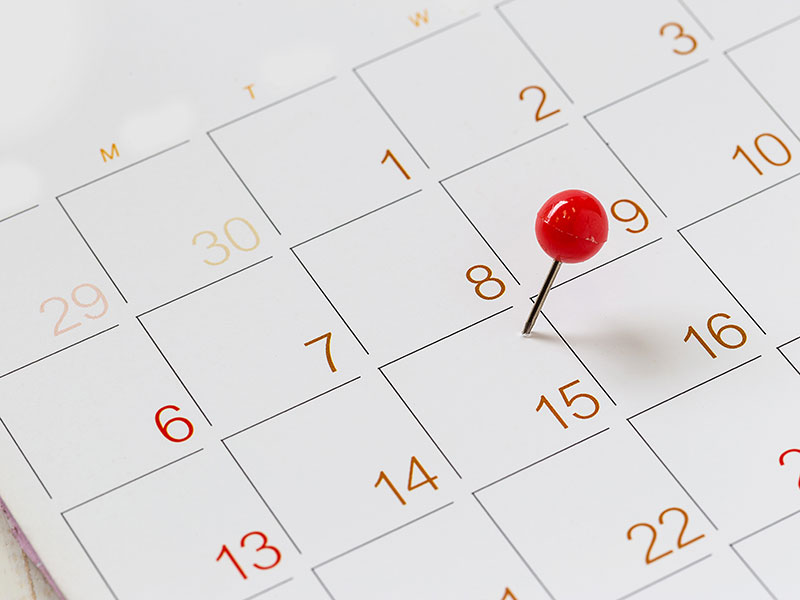
"A woman ovulates 12 to 16 days before she starts her period," explains Browning. "If a woman's cycle is 28 days long, with cycle day one being the first day she is bleeding before 2 p.m., then she ovulates on cycle day numbers 12 through 16. If her cycle is 30 days long, then she ovulates cycle day numbers 14 through 18."
"Ovulation can vary from menstrual cycle to menstrual cycle, but typically it occurs as early as day seven of the cycle and as late as day 21 of the cycle," says Talebian. "Day one is the first day of your menses cycle."
You Can Predict Your Ovulation Period

"A woman can count days using her average cycle length," says Browning. "Alternatively, she can measure her basal body temperature and graph it. She will need to use a digital thermometer and check her temperature first thing in the morning before getting out of bed or drinking anything. She should look for a 0.6-degree rise in her temperature to flag ovulation. A woman can have some small fluctuations in her temperature, but she should look for a sustained increase over a few days. She can also purchase a urine testing kit that measures luteinizing hormones. The LH levels rise about 24 hours prior to ovulation."
Talebian agrees. She suggests trying the following to keep up with your ovulation cycle:
Keeping track of your menses and counting back 14 days from your day one. For example, if you got your period today, you ovulated about 14 days ago.
Tracking an LH surge on a urine kit. LH is a hormone that peaks the day before ovulation. Commercial tests are available to track this.
Tracking your basal body temperature, which means checking your temp first thing every morning. It usually dips at ovulation and rises after ovulation.
Tracking your cervical mucus. Your mucus changes from thick and white to thin, clear, and sticky around the time of ovulation.
Your Ovulation Cycle Determines When You're Most Fertile
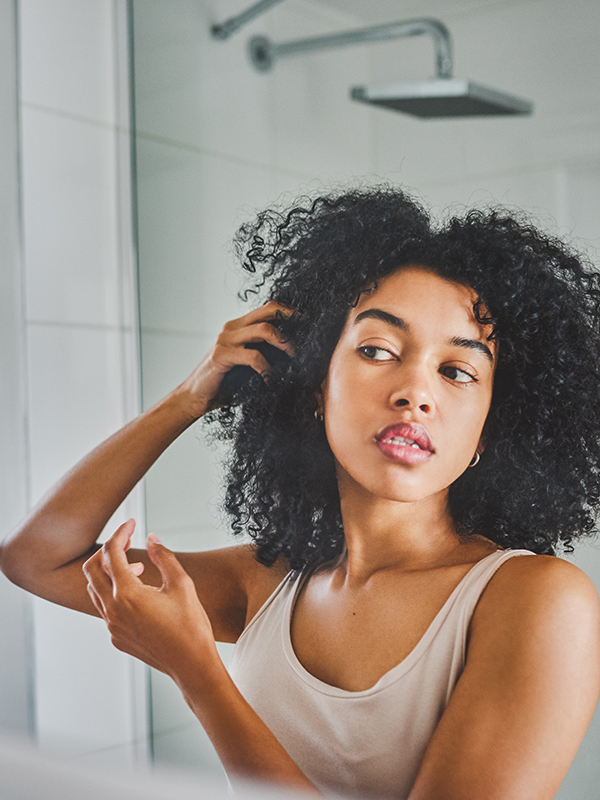
"You're most fertile two to three days prior to ovulation," confirms Browning. "Sperm can live inside a woman up to 72 hours after intercourse but should be present when the woman ovulates. Most fertility experts advise intercourse no more often than every other day. An interesting fact is a healthy ejaculate usually contains several million sperm cells that all compete to fertilize one egg (or two in the case of nonidentical twins)."
Talebian agrees: "You're most fertile about 12 to 24 hours before the egg releases (ovulation). Your fertile window is generally thought to be the three days pre-ovulation and one day post-ovulation. The egg is viable (able to fertilize) for about 24 hours once it ovulates. If there's no ovulation after about 24 hours, it degenerates."
The Four Main Signs of Ovulation

"During ovulation, a woman may notice increased clear vaginal discharge," explains Browning. "She also may experience mild cramping called Mittelschmerz. Mittelschmerz is thought to occur when a woman releases an egg and leaks a small amount of blood into the pelvis. Some women will experience light vaginal spotting when they ovulate. Some women will also notice mild breast tenderness."
Talebian is on the same accord with the above and keeps her patients aware of the below ovulation symptoms:
Increased cervical discharge that becomes thinner, clear, and sticky. This is due to your estrogen peaking at ovulation. This cervical fluid is designed to trap sperm. It acts like a sponge coating the cervix to trap the sperm so they can swim up.
Cramping and soreness occurs as the follicles, which are fluid-filled sacs that house the egg, stretch as the egg releases. Fluid, and sometimes a little blood, is released with ovulation, which can also cause a dull discomfort for a couple of days.
A slight increase in body temp occurs after ovulation and is due to the progesterone elevating with ovulation.
Breast tenderness occurs after ovulation as the progesterone peaks.

Next up: Yes, These Vitamins Can Help With Your PMS
This article was originally published at an earlier date and has since been updated.
Disclaimer
This article is provided for informational purposes only and is not intended to be used in the place of advice of your physician or other medical professionals. You should always consult with your doctor or healthcare provider first with any health-related questions.
-
 I Live for Yoga and Pilates—These Are the Pieces That Help My Flow
I Live for Yoga and Pilates—These Are the Pieces That Help My FlowTake notes.
By Humaa Hussain
-
 It's Time to Get Our Nutrition in Check for Summer—This App Is Making It Easy
It's Time to Get Our Nutrition in Check for Summer—This App Is Making It EasyThe recipe ideas are endless.
By Who What Wear
-
 If You're Battling With Digestive Issues, This Could Be Why
If You're Battling With Digestive Issues, This Could Be WhyTurns out, you may not have IBS after all.
By Kia Topps
-
 Our Editors Own a Lot of Sneakers, But This Pair Comes in First Place Every Time
Our Editors Own a Lot of Sneakers, But This Pair Comes in First Place Every TimeA major win.
By Aniyah Morinia
-
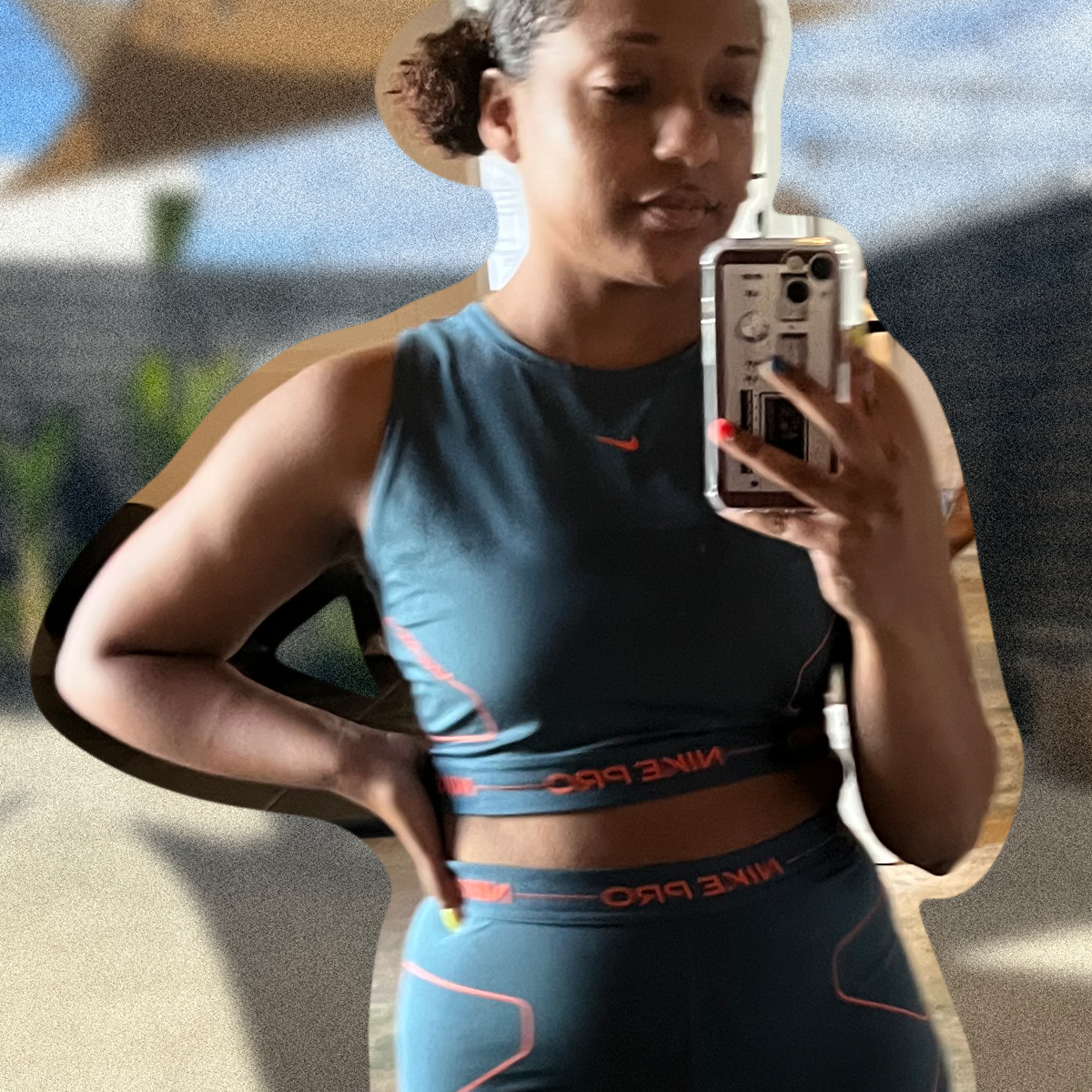 I Changed My Mind About Strength Training When I Tried This Workout
I Changed My Mind About Strength Training When I Tried This WorkoutMy confidence is officially on 10.
By Kia Topps
-
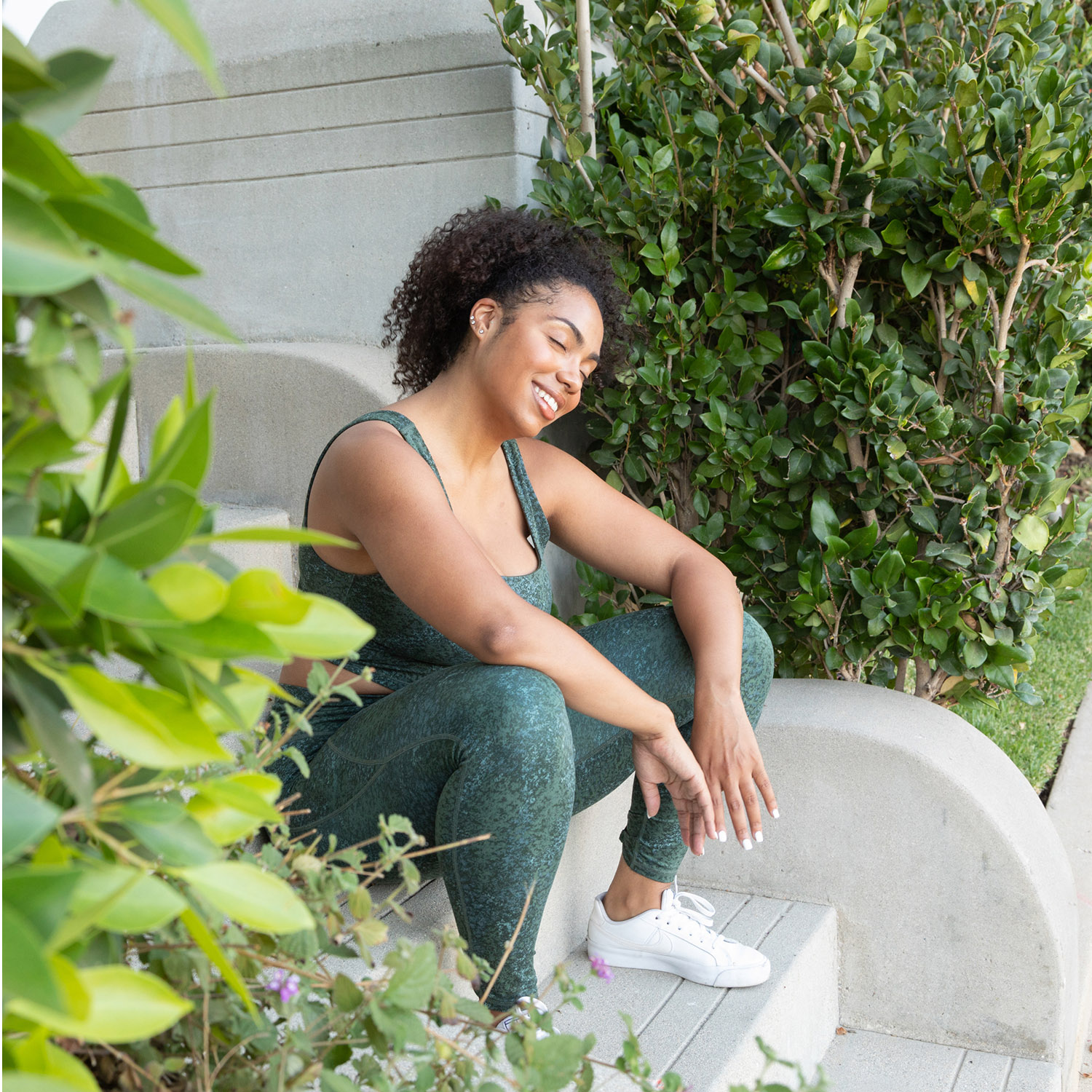 This Type of Gear Will Take Your Workout to the Next Level
This Type of Gear Will Take Your Workout to the Next LevelBring it on.
By Sarah Yang
-
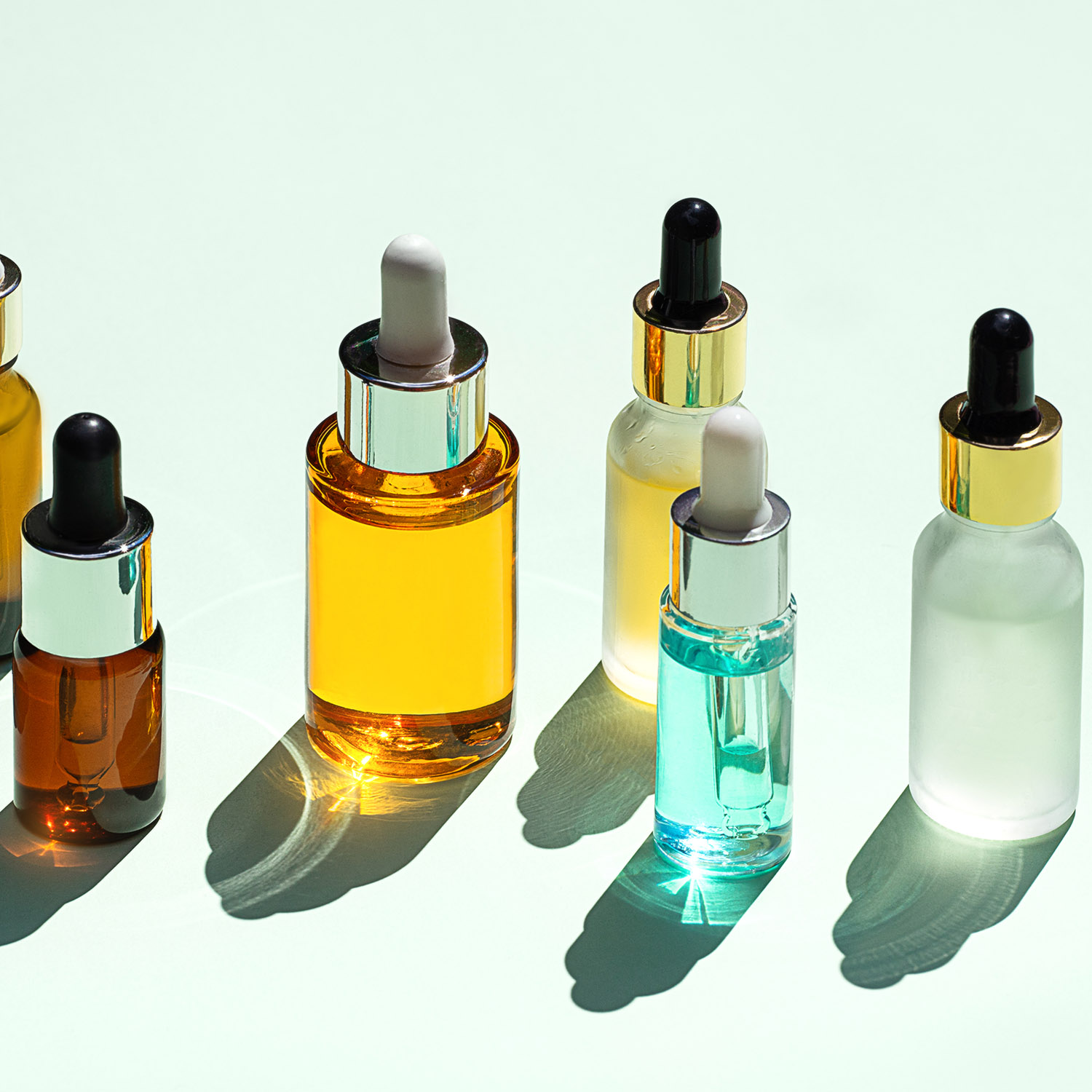 6 Essential Oils That Will Heal Your Painful Sunburns
6 Essential Oils That Will Heal Your Painful SunburnsAll-natural relief ahead.
By Samantha Parsons
-
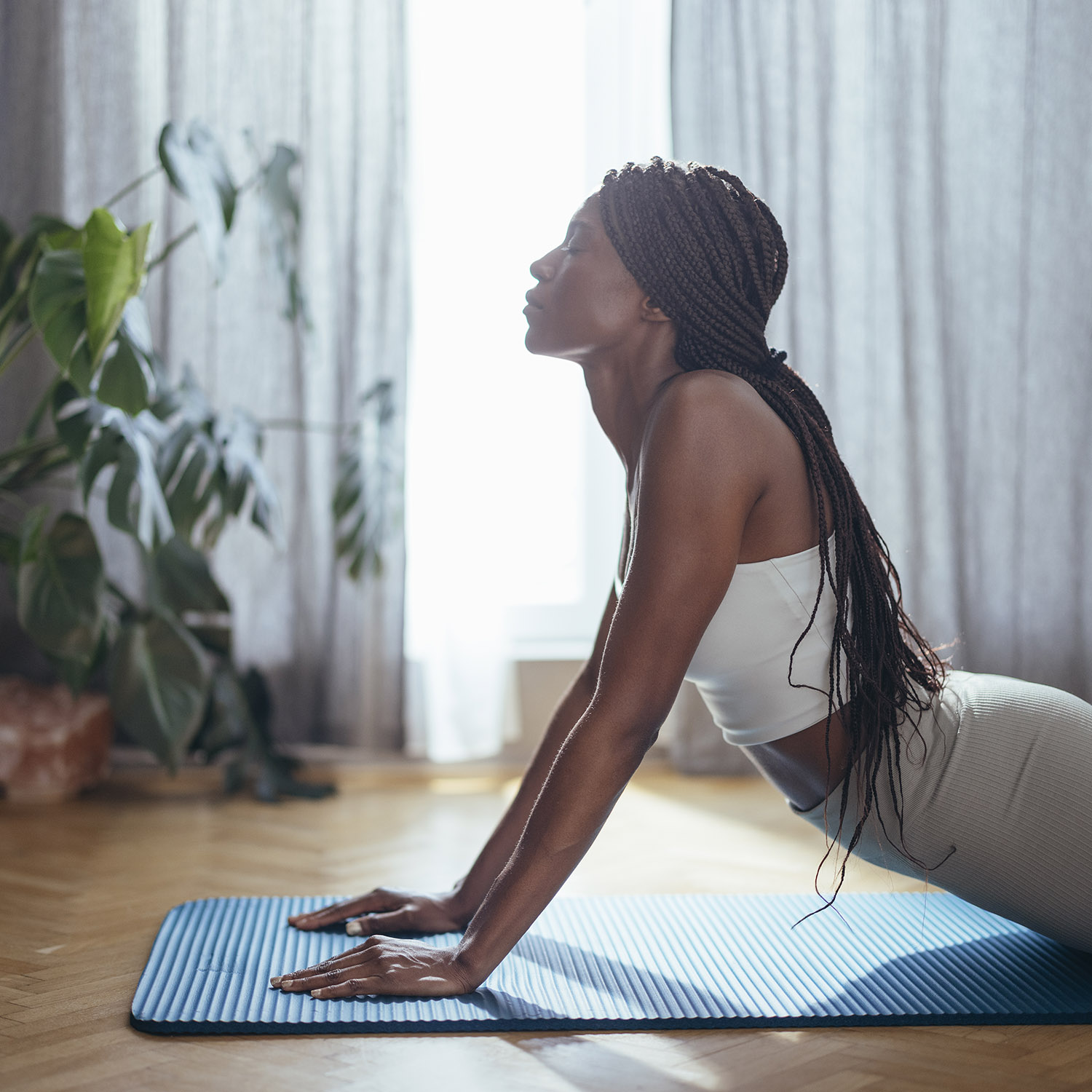 The Activewear Accessory That Can Change Your Yoga Practice
The Activewear Accessory That Can Change Your Yoga PracticeIt's so helpful.
By Sarah Yang
